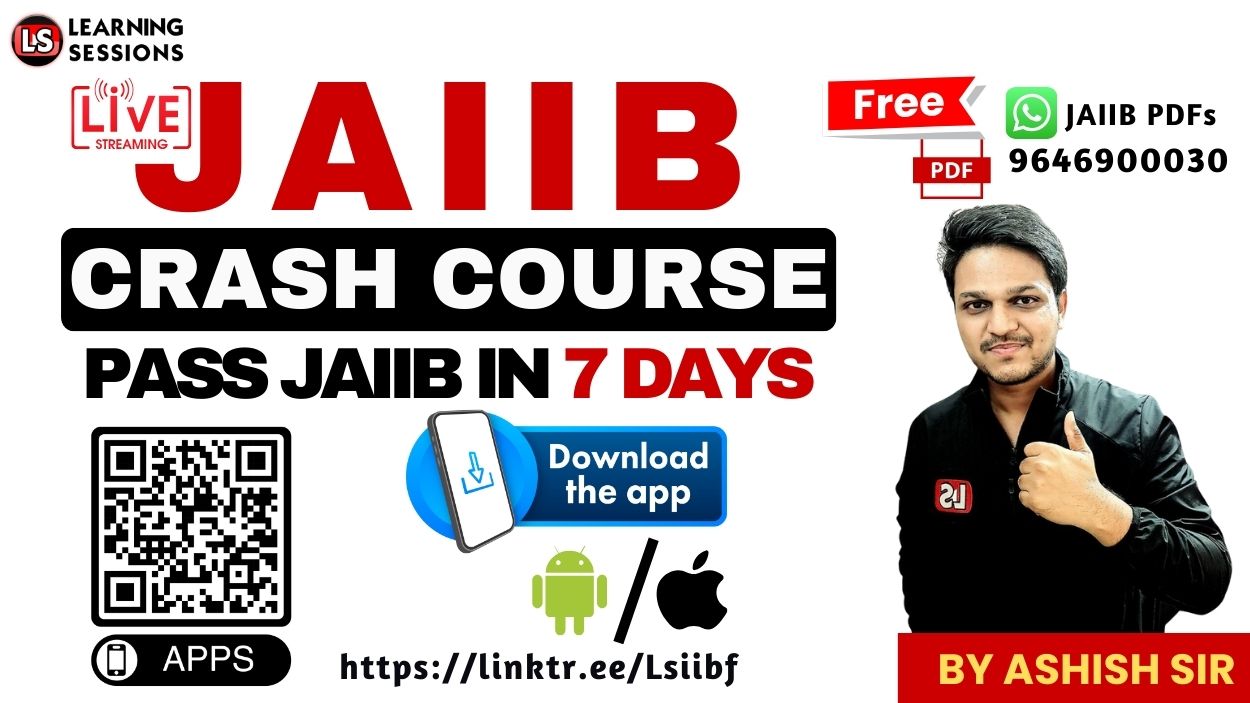Are you struggling to grasp how interest rates influence investments and the market? Whether you’re preparing for the TIRM exam or just want to sharpen your financial knowledge, you’re in the right place! In today’s video, we break down key concepts like fixed and floating interest rates, bond pricing, yield calculations, and much more. We’ll explore how market conditions affect bond prices, the differences between simple and compound interest, and the practical implications of various bond trading scenarios.
👉 Before we dive in, watch this video for a complete breakdown:
Introduction to Interest Rates and Market Terminology
Interest rates are a fundamental part of investment decisions. They determine how much an investor will earn on their investment over time. But what exactly is an interest rate? In simple terms, an interest rate is the cost of borrowing money or the return on investment for lending it. There are different types of interest rates, including fixed, floating, and compound rates. Understanding the differences between these can help you make more informed investment decisions.
Let’s take a moment to think about this: when you invest in a bond or any financial instrument, how do you determine whether it’s a good investment? The interest rate plays a major role in this decision. But it’s not just about getting a fixed percentage return. The way market conditions affect interest rates can change the return you get on your investment. Understanding how these rates are calculated and how market shifts affect them is crucial.
Do you know the difference between a fixed-rate interest and a floating-rate interest? A fixed-rate interest remains unchanged for the entire duration of the investment, while a floating-rate interest fluctuates based on market conditions. This distinction can impact both your investment strategy and risk management approach.
Understanding Fixed vs. Floating Interest Rates
Fixed-rate interest is like locking in your price at the store – no matter how much inflation occurs, the rate stays the same throughout the tenure of the investment. Think of it like signing a contract that guarantees a specific return, regardless of what happens in the market. On the other hand, a floating-rate interest adjusts based on market movements, such as LIBOR or MIBOR. So, if market rates rise, your interest rate could rise too!
Fixed-rate interest offers stability. When you lock in a fixed rate, you know exactly how much you will earn over the life of the investment. There’s no need to worry about market fluctuations, which can be a great option for long-term investments where predictability is key.
However, floating-rate interest can offer opportunities. When market interest rates fall, you might benefit from a lower rate on other loans or investments. This makes floating rates more dynamic, but they come with their own set of risks since market changes can significantly impact the return you receive.
The key takeaway: fixed rates are predictable, but floating rates give you the chance to benefit if the market rate goes down.
Impact of Market Interest Rates on Bond Prices
What happens to the market price of a bond when the market interest rate rises above its coupon rate? This was an interesting section! As market rates increase, the price of bonds with lower coupon rates decreases. Why? Because investors can find better returns elsewhere in the market. So, demand for the bond with a lower coupon falls, causing the price to drop.
Let’s use an example to explain this. Imagine you have a bond that pays a 10% coupon rate, but market rates rise to 12%. Investors can earn a better return elsewhere, so the demand for your bond decreases, and as a result, its price falls.
On the flip side, if market interest rates fall below the bond’s coupon rate, the bond becomes more attractive to investors, and the price of the bond may rise.
Features of Floating Rate Instruments
We also explored the features of floating-rate instruments. These bonds adjust their coupon rates periodically, according to an underlying benchmark rate. This flexibility means that the bondholder may earn higher returns when the market interest rates rise.
But why is price volatility lower in floating-rate instruments compared to fixed-rate instruments? Since the coupon rate adjusts with the market, there’s less price fluctuation, making them relatively safer in uncertain times.
Floating-rate bonds can be a great hedge against rising interest rates. If you’re concerned about interest rate hikes, a floating-rate bond might be the way to go. However, keep in mind that you won’t be able to predict your returns in the same way as with fixed-rate instruments.
The Impact of Benchmark Rates on Floating Rate Instruments
What happens when the benchmark rate changes? Well, in floating-rate bonds, the coupon payment will adjust accordingly. For example, if the benchmark rate falls, your coupon payment will decrease. Similarly, if the benchmark rate rises, so will your coupon payments.
Investors who hold floating-rate bonds will experience higher returns when market rates rise, making these bonds a good choice in a rising interest rate environment. However, these bonds will also give lower returns if the market interest rates fall.
Simple vs. Compound Interest
Next up, we covered simple interest and compound interest. Simple interest is straightforward – it’s calculated on the principal amount, and only the principal earns interest. Compound interest, on the other hand, is the interest on both the principal and the accumulated interest. This means your investment grows faster!
Which one sounds more appealing to you – predictable returns (simple interest) or growing returns (compound interest)?
To give you a clearer picture, simple interest can be thought of like earning a fixed amount every year. For example, if you have ₹100,000 invested at 10% simple interest, you would earn ₹10,000 every year. However, compound interest is like a snowball effect where the interest earns interest, leading to more growth over time.
How Bond Premiums and Discounts Affect Returns
A key takeaway from the session is the concept of bond premiums and discounts. Bonds are priced based on their coupon rate relative to the market interest rates. If a bond’s coupon rate is higher than the current market rates, it will trade at a premium (higher price). Conversely, if the coupon rate is lower, it trades at a discount (lower price).
When a bond trades at a premium, it means the bond is in demand due to its higher coupon rate compared to the prevailing market rates. However, the bondholder will not receive the premium amount back at maturity – only the face value of the bond. This affects the bond’s overall return.
[FREE PDF] IIBF TIRM | Debt Markets & Fixed Income Securities | Most Important Questions
Why Do Investors Buy Bonds at a Premium?
Investors may buy bonds at a premium if the coupon payments are higher than the current market rates. However, buying bonds at a premium can reduce the overall return because the bondholder will not receive the premium amount back at maturity – only the face value.
It’s crucial to understand that the bondholder is paying more than the face value upfront, but they’re doing this in exchange for higher coupon payments over time. In the long run, the overall return may be less than expected because the premium is not refundable.
Conclusion
In this session, we’ve gone through the intricacies of interest rates, floating and fixed-rate instruments, bond premiums, and discounts. Understanding these concepts is key to mastering Treasury Investment and Risk Management (TIRM).
Key Takeaways:
– Fixed rates offer predictability while floating rates offer flexibility.
– Bond prices are influenced by market interest rates.
– Simple interest is calculated on the principal, while compound interest grows exponentially over time.
– Premium and discount bonds affect your overall return depending on their coupon rates and market prices.
So, now that you have a clear understanding of these terms, go ahead and apply this knowledge to your own investments or studies! Understanding how interest rates affect investments can help you make smarter decisions in treasury management and risk evaluation.
Download PDF
To help you reinforce your understanding, you can download a detailed PDF of today’s session with notes, formulas, and examples. Just click the link below:
Also Like:







